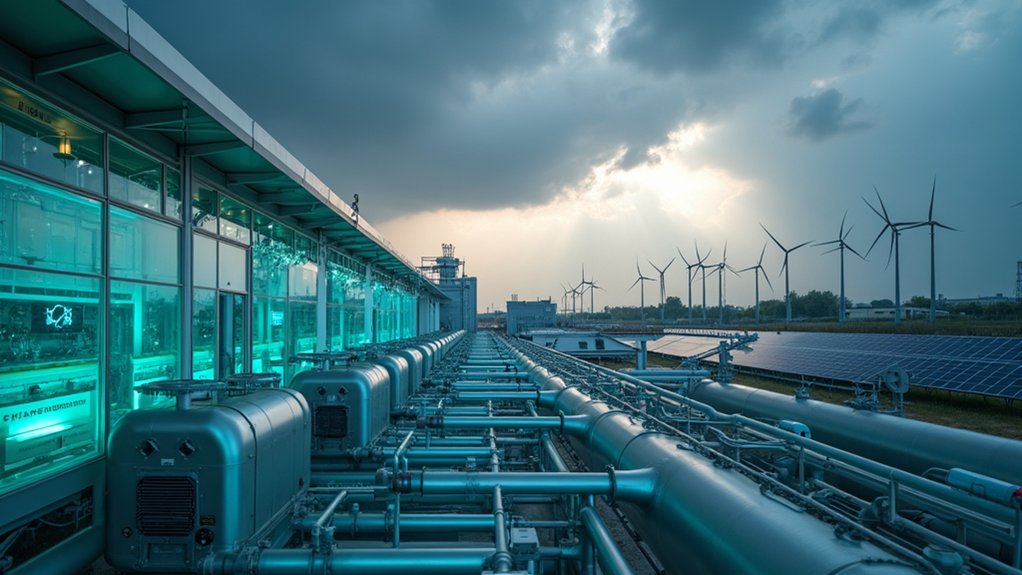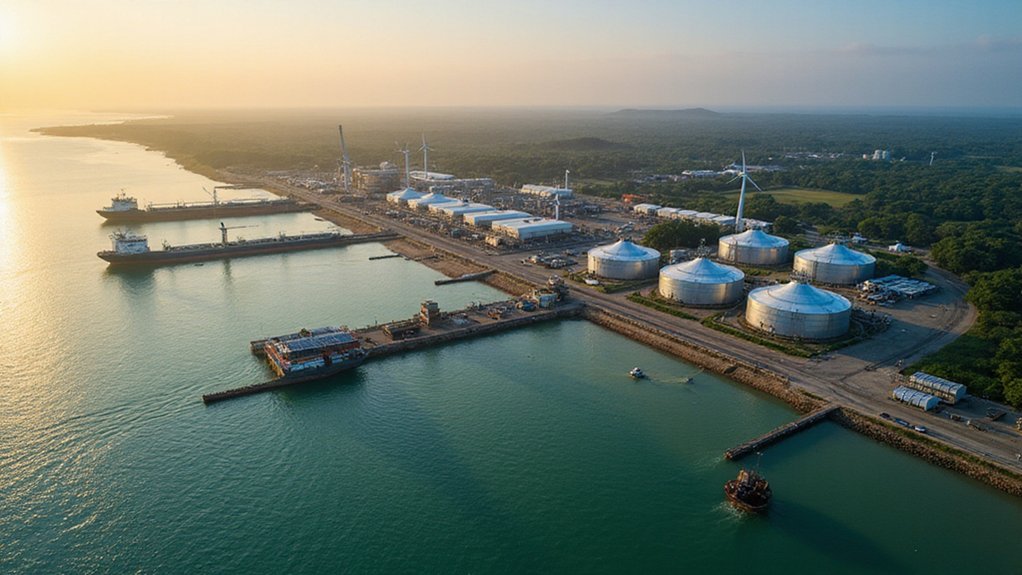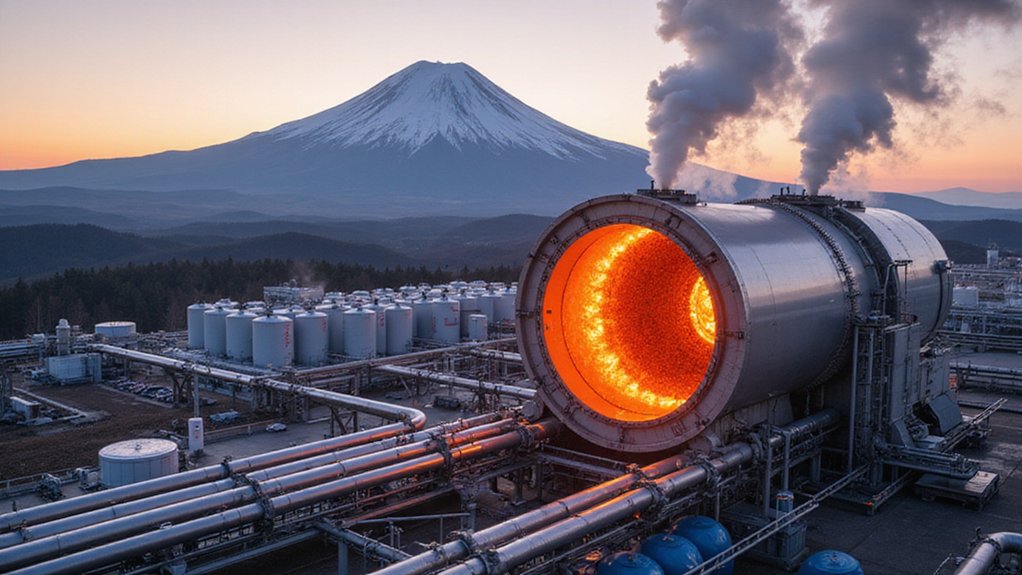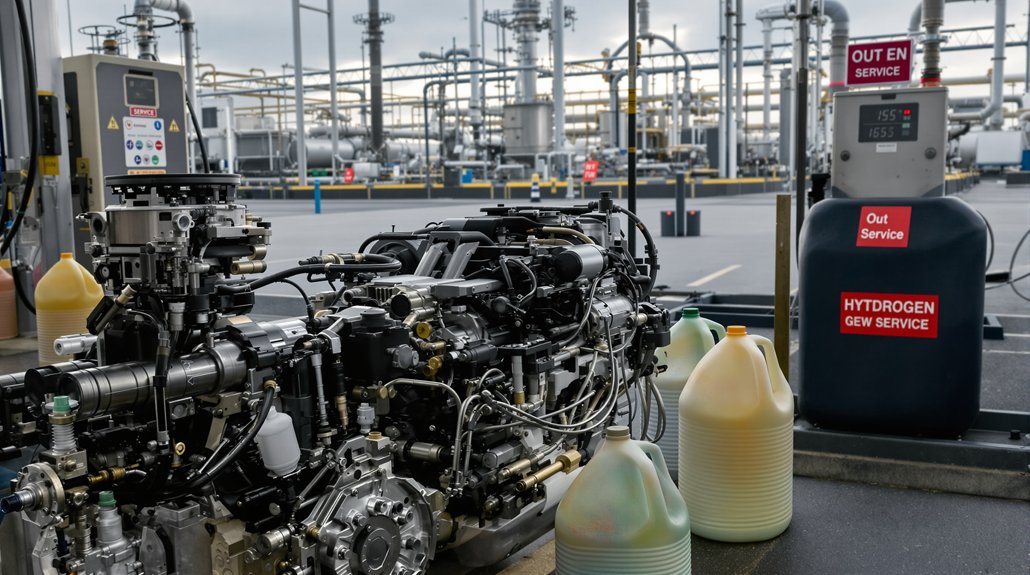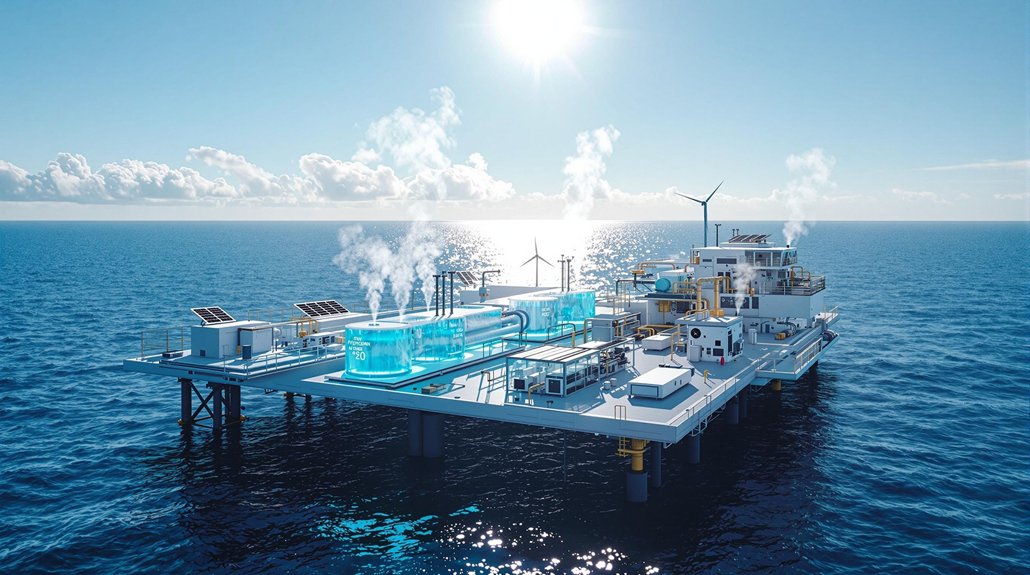The clean hydrogen industry faces major changes after the U.S. Treasury released final rules on production tax credits. Companies can now earn up to $3 per kilogram for hydrogen with near-zero emissions. The guidelines clarify how producers must follow strict standards on carbon intensity and worker wages. These rules will shape which projects move forward and how quickly the U.S. can build its hydrogen economy. What remains unclear is how companies will adapt their strategies.
The clean hydrogen industry received major updates as the U.S. Department of the Treasury and IRS released final rules for the Clean Hydrogen Production Tax Credit on January 3, 2025. The credit, established by the Inflation Reduction Act of 2022, offers up to $3 per kilogram for hydrogen produced with very low greenhouse gas emissions.
The final rules maintain the “three pillars” framework proposed in December 2023. This framework requires hydrogen producers to use new, additional clean energy in the same region and during the same hour as hydrogen production to qualify for the maximum credit. While keeping these core principles, the Treasury added flexibility to help producers comply.
The three pillars remain intact: new clean energy, regional matching, and hourly matching—with added flexibility for producers.
Under the credit structure, hydrogen falls into four tiers based on lifecycle emissions. The cleanest hydrogen with less than 0.45 kilograms of CO2e receives the full $3 per kilogram credit. Projects must also meet prevailing wage and apprenticeship standards to earn the full amount.
The regulations clarify eligibility for various production methods including electricity sources, natural gas with carbon capture, and renewable natural gas. They even address hydrogen made from coal mine methane. Taxpayers must use the DOE’s 45VH2-GREET Model to calculate lifecycle greenhouse gas emissions for their hydrogen production facilities.
After receiving about 30,000 public comments and holding three days of hearings, the final rules were published in the Federal Register on January 10, 2025. The Department of Energy also released an updated version of the 45VH2-GREET Model to help calculate emissions, along with a user manual and FAQs.
These rules provide much-needed clarity and investment certainty for the industry, especially for projects planned as part of the Department of Energy’s Regional Clean Hydrogen Hubs program.
The combination of the Inflation Reduction Act and Bipartisan Infrastructure Law represents unprecedented policy support for clean hydrogen.
Clean hydrogen is considered essential for decarbonizing hard-to-change sectors, particularly heavy industry. Green hydrogen production through electrolysis offers zero-emission fuel that generates only water as a byproduct. By scaling up production of low-carbon hydrogen, these policies aim to help reduce emissions in areas of the economy that have proven difficult to transition to cleaner energy sources. According to Angela Anderson, Director of Industrial Innovation and Carbon Removal, the emphasis on production methods is crucial for maximum pollution reduction.
References
- https://home.treasury.gov/news/press-releases/jy2768
- https://www.federalregister.gov/documents/2025/01/10/2024-31513/credit-for-production-of-clean-hydrogen-and-energy-credit
- https://www.hklaw.com/en/insights/publications/2025/01/treasury-department-irs-release-section-45v-clean-hydrogen-ptc
- https://www.irs.gov/credits-deductions/clean-hydrogen-production-credit
- https://www.wri.org/news/statement-us-treasury-department-rules-cleanest-hydrogen-projects-receive-top-tax-credits
